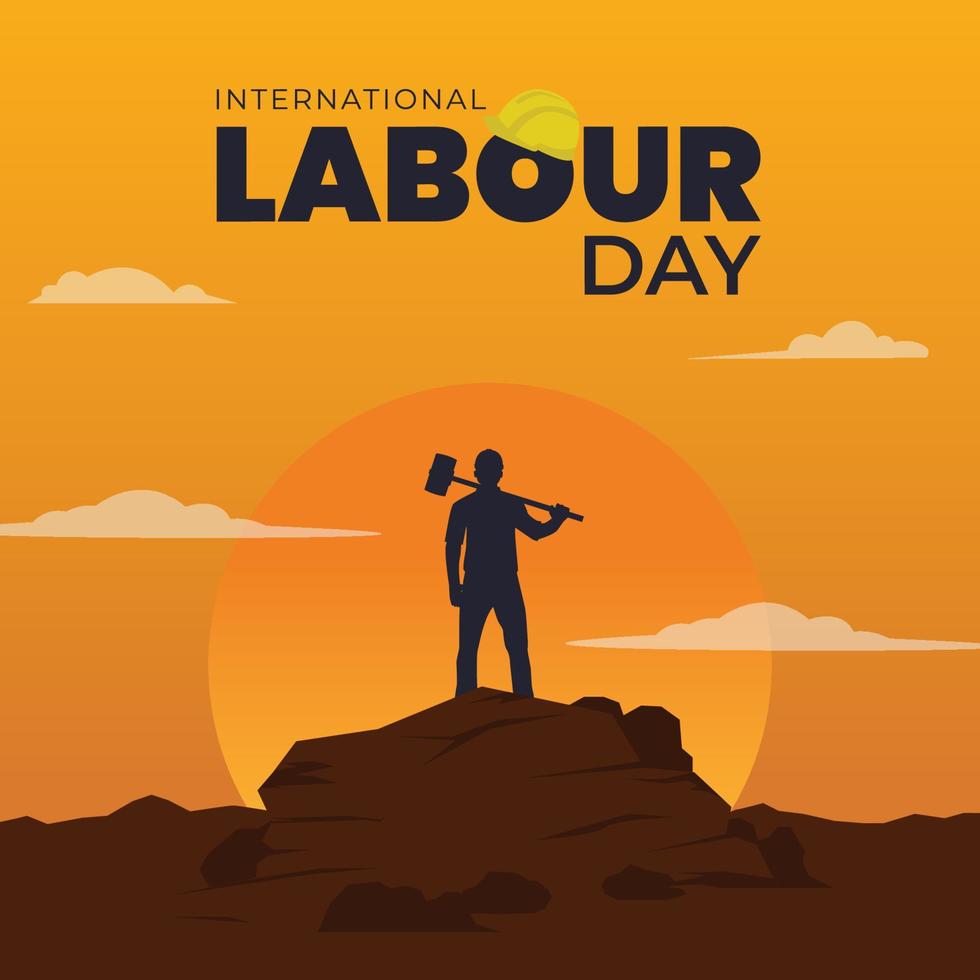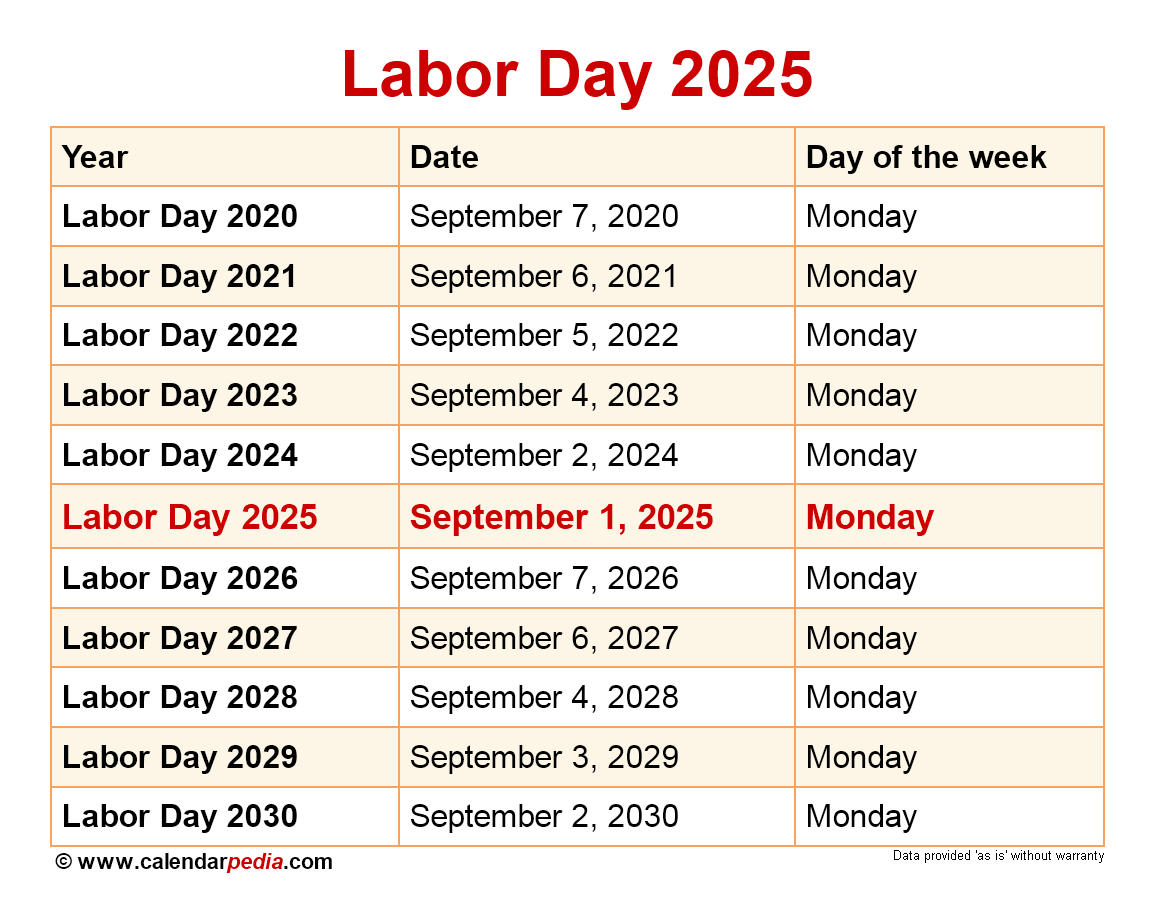May Day 2025: A Global Celebration Of Labor And Spring
May Day 2025: A Global Celebration of Labor and Spring
Related Articles: May Day 2025: A Global Celebration of Labor and Spring
Introduction
With enthusiasm, let’s navigate through the intriguing topic related to May Day 2025: A Global Celebration of Labor and Spring. Let’s weave interesting information and offer fresh perspectives to the readers.
Table of Content
May Day 2025: A Global Celebration of Labor and Spring

May Day, also known as International Workers’ Day, is a globally recognized holiday celebrated on May 1st each year. While its origins trace back to ancient Roman festivals celebrating spring, May Day’s modern significance lies in its commemoration of the labor movement and the fight for workers’ rights.
Historical Roots and Evolution:
The roots of May Day can be traced to ancient Rome’s "Floralia" festival, a week-long celebration of spring and fertility held in late April or early May. This festival involved various festivities, including parades, games, and public performances.
The modern May Day, however, emerged in the late 19th century, following a series of labor protests and strikes across the globe. In 1886, a large demonstration in Chicago, advocating for an eight-hour workday, turned violent, leading to the Haymarket Riot. This event, although tragic, became a symbol of the struggle for workers’ rights and contributed to the international recognition of May 1st as a day of solidarity for workers.
In 1889, the Second International, a socialist organization, declared May 1st as a day of international worker solidarity. This decision led to the widespread adoption of May Day as a public holiday across various countries, particularly those with strong labor movements.
Significance and Observance:
May Day holds diverse meanings and is celebrated in various ways across the globe. For many, it remains a day of protest and activism, advocating for improved working conditions, fair wages, and social justice.
In some countries, May Day is primarily a celebration of spring and nature, with traditional folk dances, festivities, and picnics. In others, it is a national holiday, granting workers a day off from work and allowing for family gatherings and leisure activities.
May Day 2025: A Look Ahead
As we approach May Day 2025, it is crucial to reflect on the evolving nature of work and the challenges faced by workers globally. The rise of automation, globalization, and the gig economy have significantly impacted the labor landscape, demanding new approaches to labor rights and protections.
May Day 2025 offers an opportunity to reaffirm the importance of worker solidarity, advocate for fair labor practices, and promote a more equitable and sustainable future of work.
Frequently Asked Questions:
1. Why is May Day celebrated on May 1st?
May 1st was chosen as International Workers’ Day to commemorate the Haymarket Riot in Chicago, which took place on May 4, 1886, and the subsequent efforts to establish an eight-hour workday.
2. How is May Day celebrated around the world?
May Day celebrations vary widely across the globe. Some countries observe it as a national holiday with parades, rallies, and protests advocating for workers’ rights, while others celebrate it as a spring festival with traditional folk dances and picnics.
3. What are the key issues surrounding May Day 2025?
Key issues surrounding May Day 2025 include the growing impact of automation and artificial intelligence on employment, the rise of the gig economy and its impact on labor rights, and the need for stronger protections for workers in a globalized economy.
4. What can individuals do to participate in May Day 2025?
Individuals can participate in May Day 2025 by attending rallies and protests, supporting organizations advocating for workers’ rights, and engaging in discussions about the future of work.
Tips for Observing May Day 2025:
- Educate yourself: Learn about the history of May Day and the current issues facing workers globally.
- Attend a local event: Check for events in your community celebrating May Day and participate in discussions about labor rights.
- Support worker-owned businesses: Patronize businesses owned and operated by workers, demonstrating your support for fair labor practices.
- Advocate for change: Reach out to your elected officials and advocate for policies that protect workers’ rights and promote a fair and sustainable future of work.
Conclusion:
May Day 2025 presents a vital opportunity to reflect on the past, celebrate the present, and envision a future where all workers have the right to a fair and dignified working life. By engaging in dialogue, promoting solidarity, and advocating for change, we can ensure that the spirit of May Day – a day of labor, unity, and hope – continues to inspire generations to come.





![International Labour Day [May Day] - History Significance Quotes - Lyrics Raaga](http://lyricsraaga.com/wp-content/uploads/2023/04/International-Labour-Day-May-Day-History-Significance-Quotes.jpg)


Closure
Thus, we hope this article has provided valuable insights into May Day 2025: A Global Celebration of Labor and Spring. We hope you find this article informative and beneficial. See you in our next article!
You may also like
Recent Posts
- National Holidays In Poland: 2025
- Navigating The March 2025 School Holidays In South Africa: A Comprehensive Guide
- Exploring The World In 2025: A Glimpse Into The Future Of Travel
- The Significance And Celebration Of New Year’s Day
- Navigating The Year: A Guide To National Holidays In 2025
- A Comprehensive Guide To March 2025 Holidays In Telangana
- An Exploration Of The African Safari Experience: November 2025
- Navigating March 2025 Holidays In Canada: A Comprehensive Guide
Leave a Reply